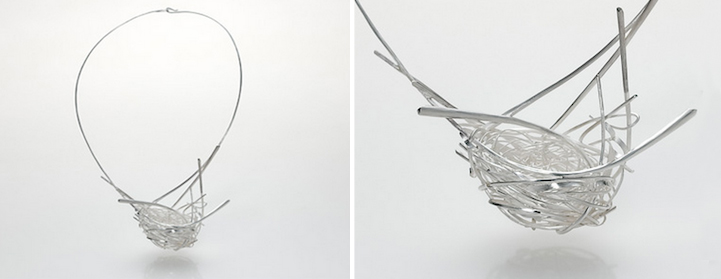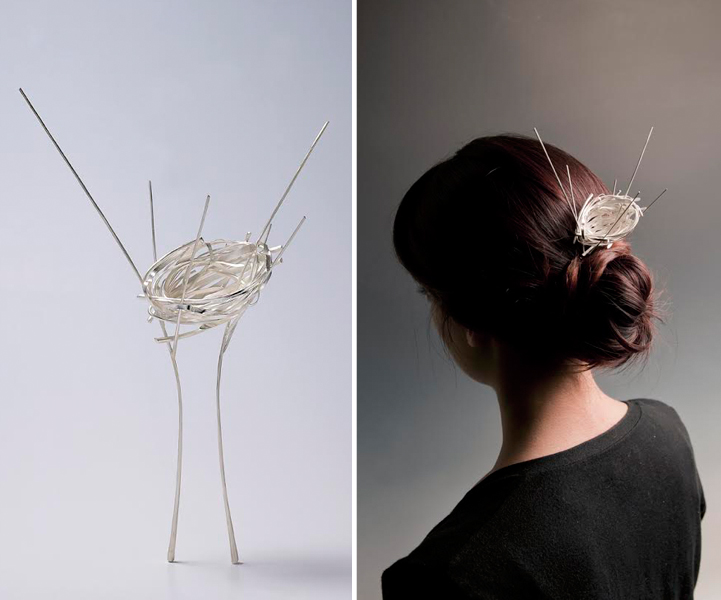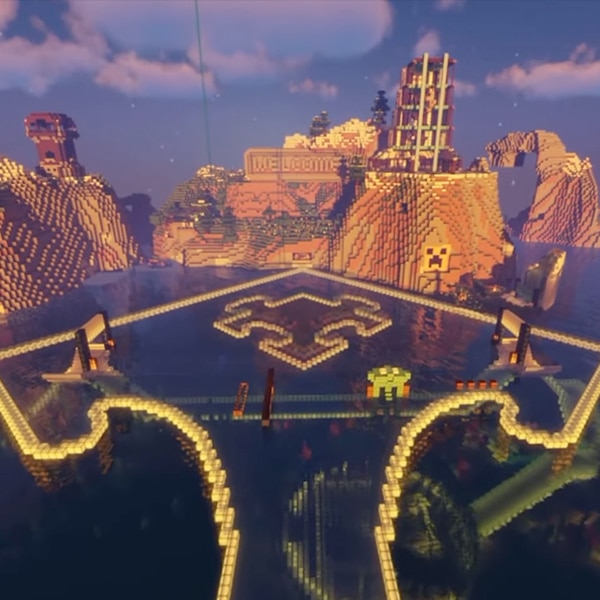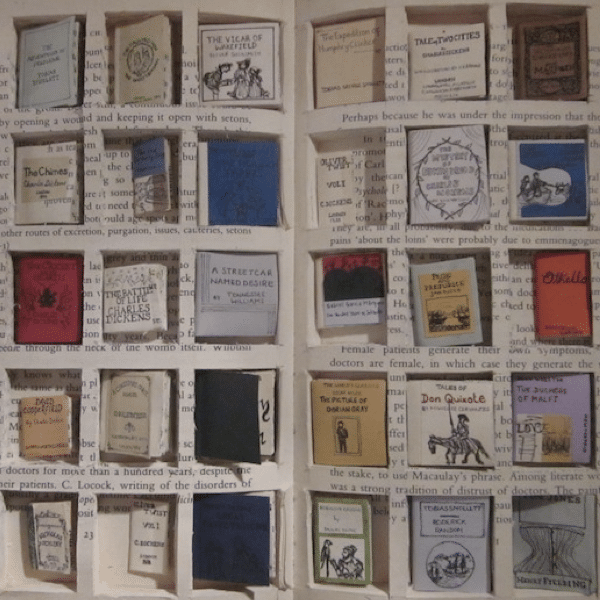Artist Heather Bayless combines her love for nature and art in these beautiful pieces of jewelry that were inspired by nests. Using sterling silver, she wraps the metalwork around until a tiny sculpture of a nest is formed. In particular, she's inspired by weaver birds who are known for making elaborately woven nests. “They create their homes in unexpected places by intricately weaving grasses into a vessel form,” she states.
The artist was born in the countryside in upstate New York where her house was surrounded by forest. With a gardener mother and a scientist father, she found curiosity in plants and all living things. Bayless received her BFA in graphic design and metalwork in at Miami University in Oxford, Ohio, and then moved to Seoul, Korea where she receive her MFA at Kookmin University. After Seoul, she moved to Kansas, where she currently resides and teaches. She is an instructor at Kansas State University.
“Since moving to Kansas from the large city of Seoul, I have been exploring the small behaviors of animals around me. In autumn monarch butterflies travel through the region in large groups and sometimes cluster by the hundreds on trees,” she states. “In the spring there is an influx of songbirds, and I noticed their tendency to nest on or in human made structures.”
We got in touch with the artist to ask her some questions. Read that short Q&A, below.



What is it about nests that fascinates you?
My strongest fascination is that everything is driven by Instinct. The nest is a symbol of fertility, family, and home–they exist to raise young, one of animals' strongest instincts. Additionally, they are created purely by instinct. Nobody teaches a bird how to gather materials, how to choose a secure, safe space, or how to actually make the structure even if it is extremely complex. In particular my work addresses how birds are influenced by human materials and structures when they build. Human-made structures are adorned with nests every year and I often wonder where so many birds would build if they didn't have buildings, bridges, and electric poles to build on. Would they thrive as much if they could only rely on natural features? Eventually this led me to play with building nests on people as jewelry.
What do you hope others get out of your jewelry?
My hope is that others can develop an appreciation for what animals are doing to create shelter and nesting spaces. Of course I also hope people appreciate what I'm doing conceptually and physically with the materials. Each piece looks delicate and flimsy but even the smallest ones have over 50 solder joints to make it rigid and strong. My final hope is that people see jewelry not just as something to be purchased at the mall with diamonds all over it–it can contain a narrative and can be a sculpture that happens to have a relationship with the body. These aren't pieces for everyday wear but they can be worn for special occasions.
How can one buy a piece and how much do they retail for?
Since each piece is one-of-a-kind I don't have a large inventory or a retail site. Usually people contact me through my site to make a purchase or set up a commission. As I create more work I will develop a way to sell more efficiently. The retail range for the woven nest pieces is $350 to $2,500.
How does your background influence your work?
My background formed me as a person and therefore has a huge influence on my outlook and my creative work. In upstate New York my dad designed and built our house, almost completely with his own hands, and was often tinkering in the basement. My mom was often sewing or making something, and my brother and aunt are also artists. Working with my hands is something I've done since childhood and I have a wonderful, supportive family. Natural surroundings have also been very important to me–in New York we would often roam around the woods near our home or go to nearby state parks. Even in Seoul I was lucky to live near a large national park where I'd go to escape from the busy city to enjoy nature. Despite the overwhelming urban surroundings my work there continued to focus on the natural since that is what I've always loved, and I could still find inspiration in the nooks and crannies of the city.























































































